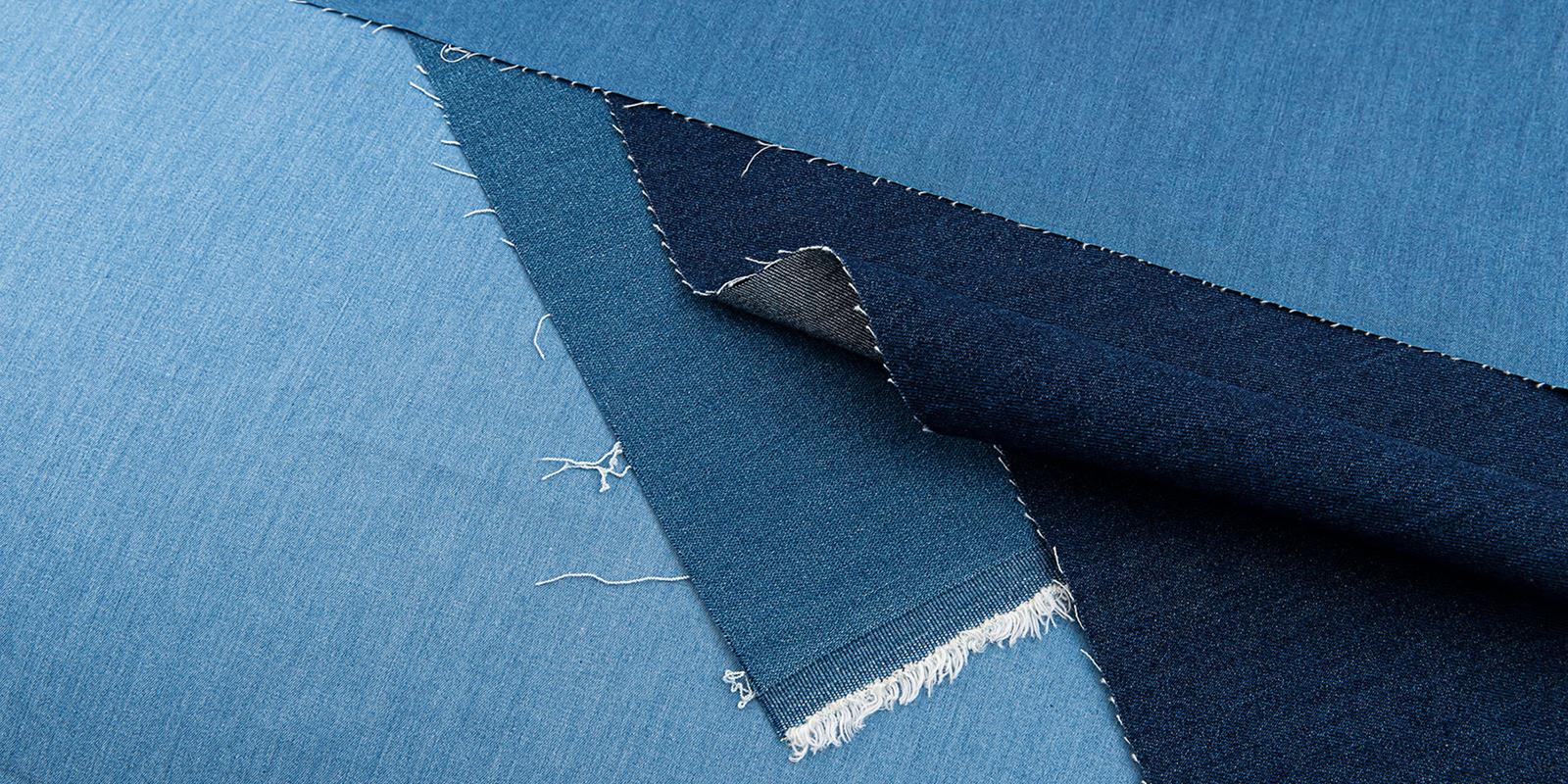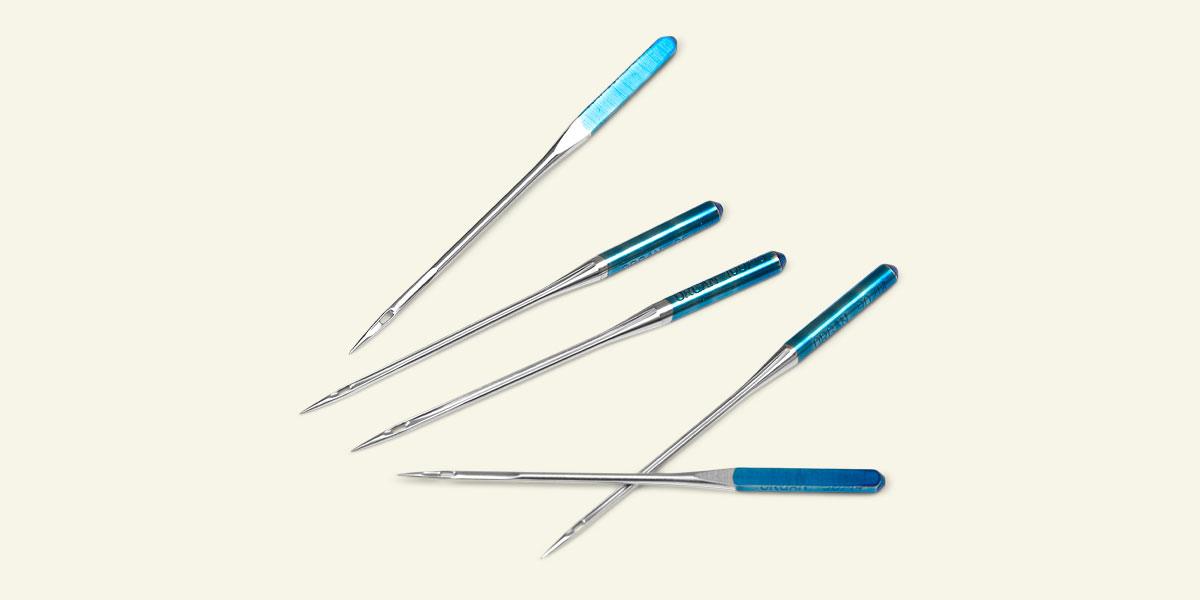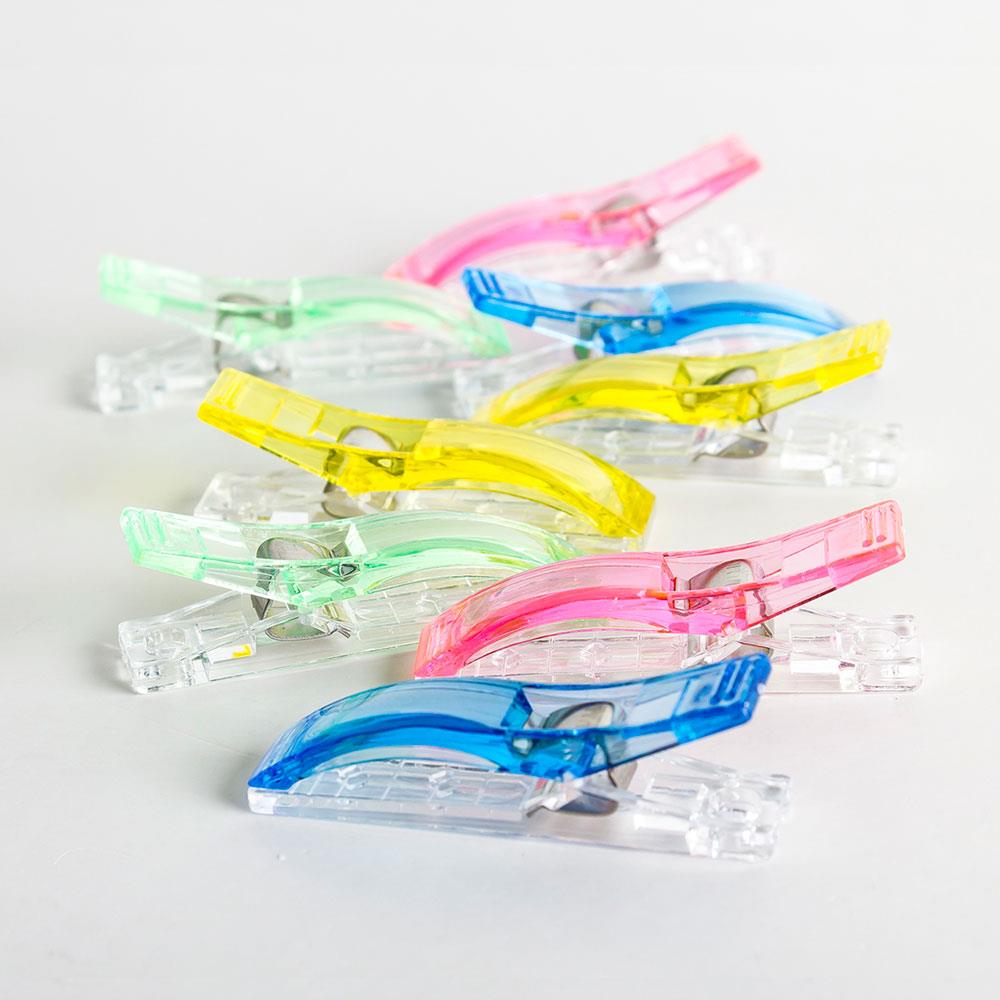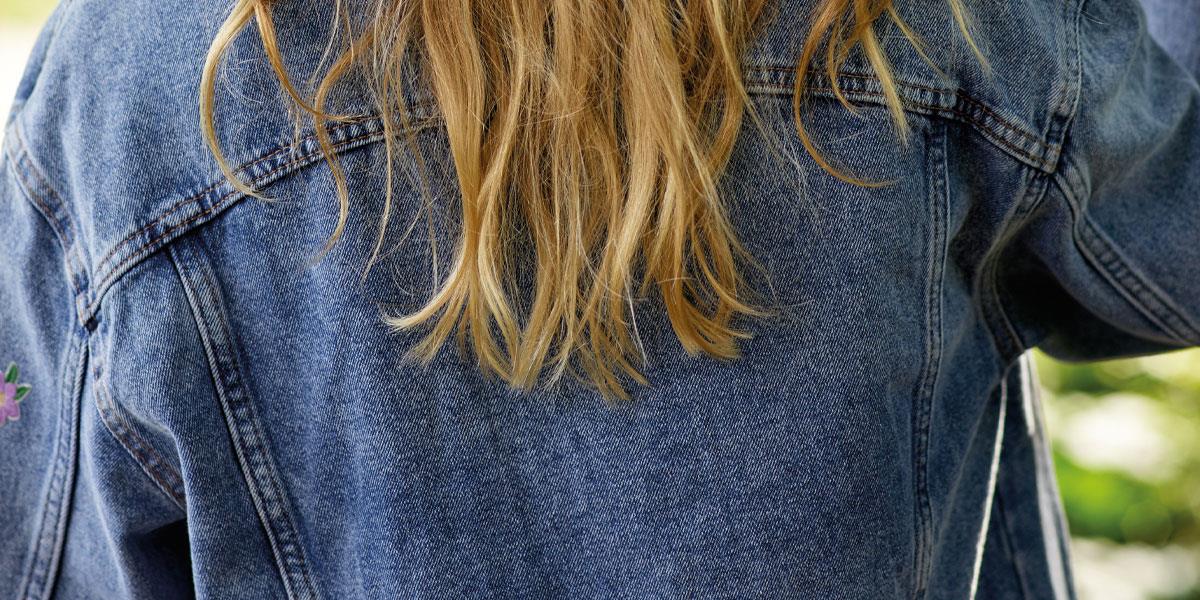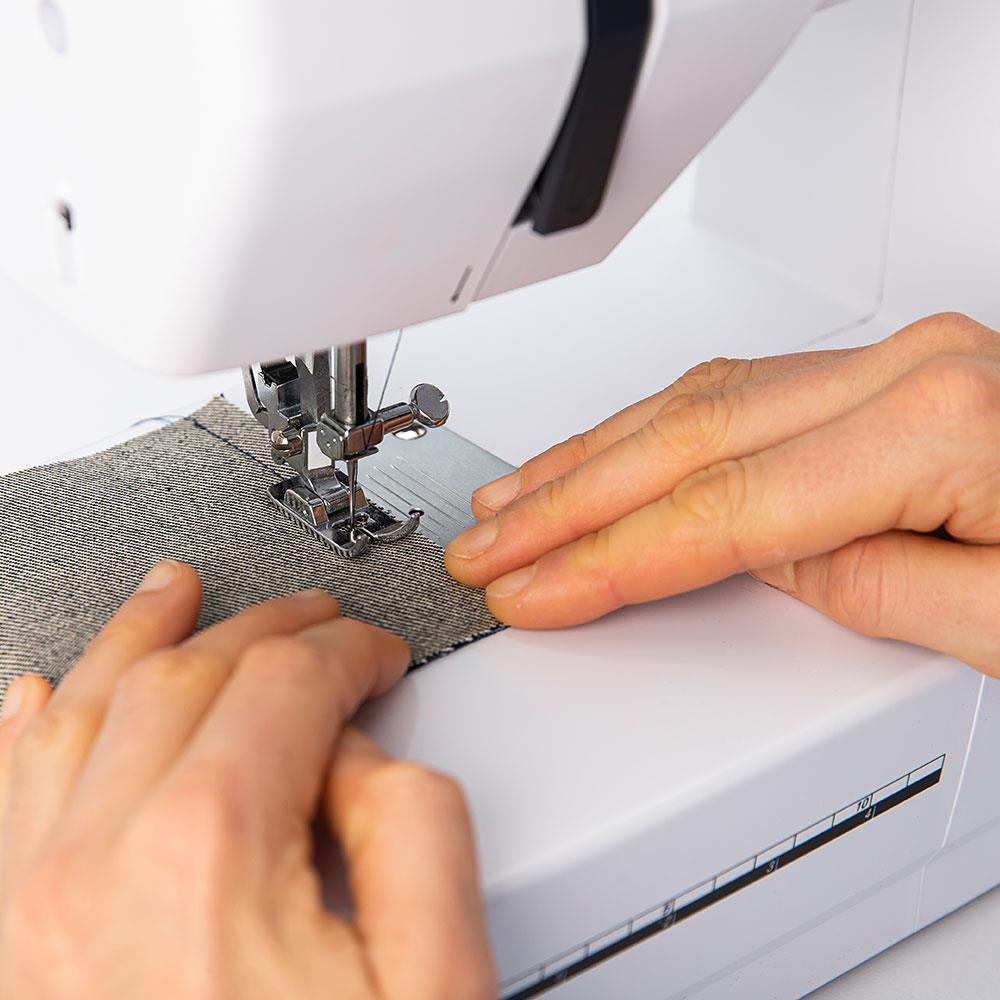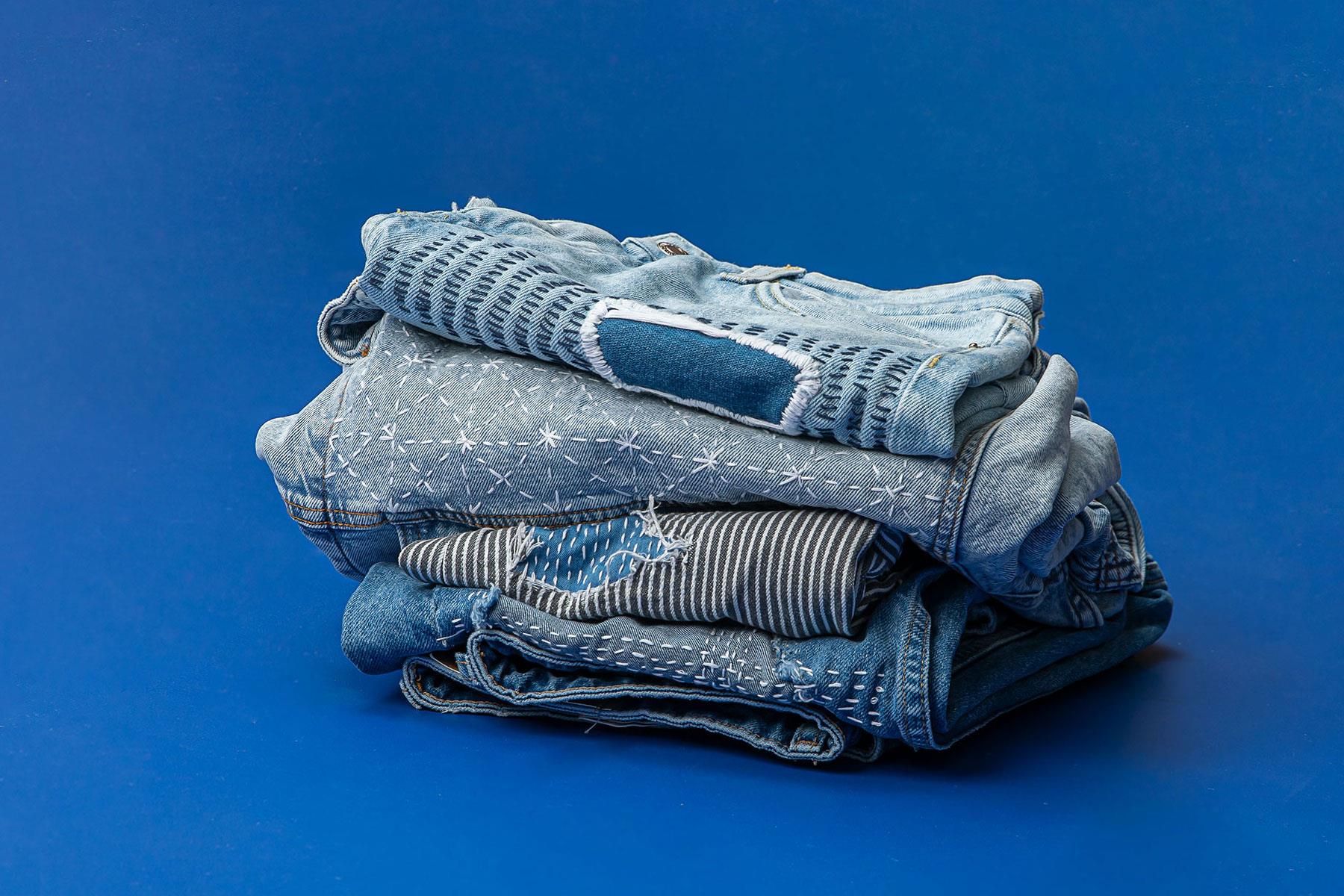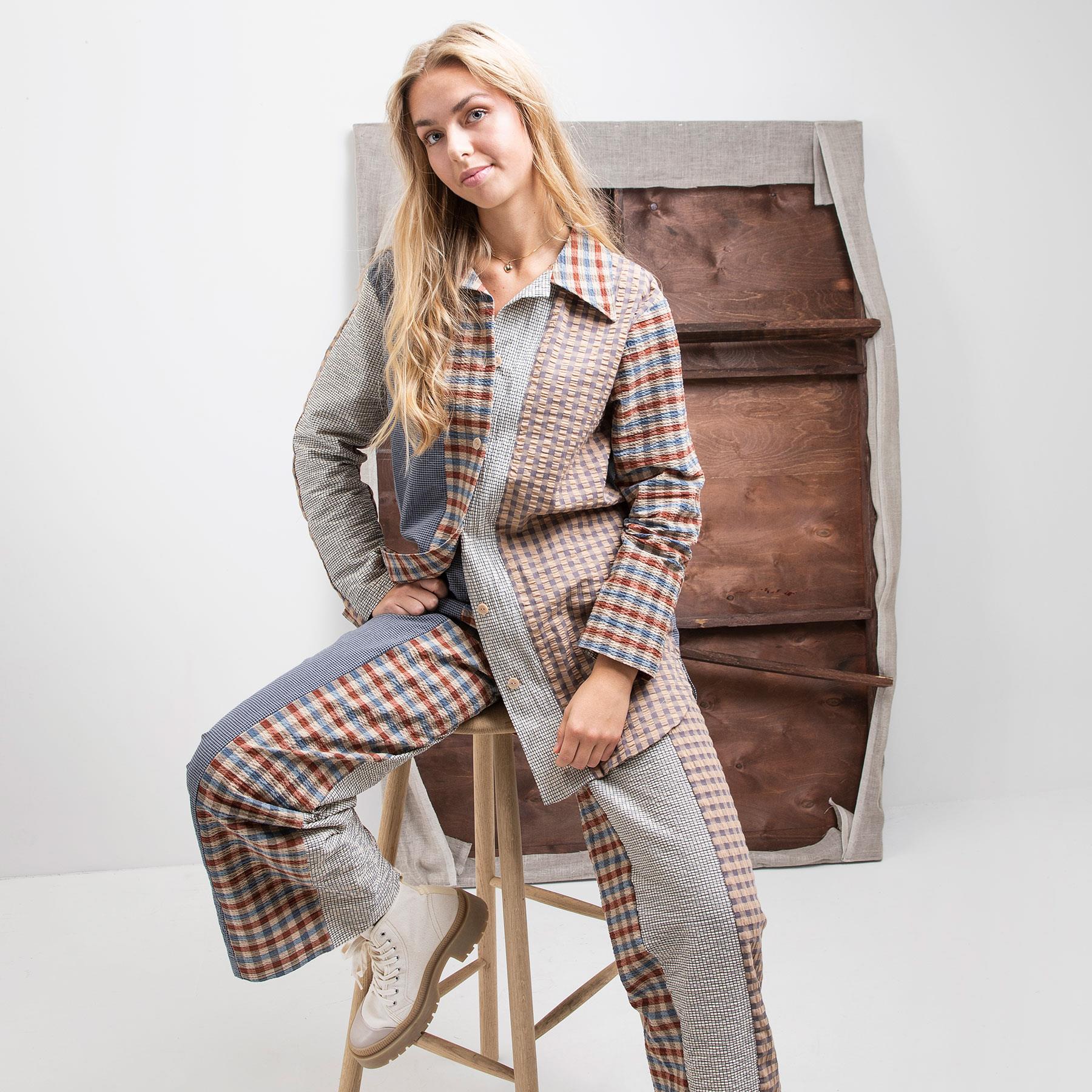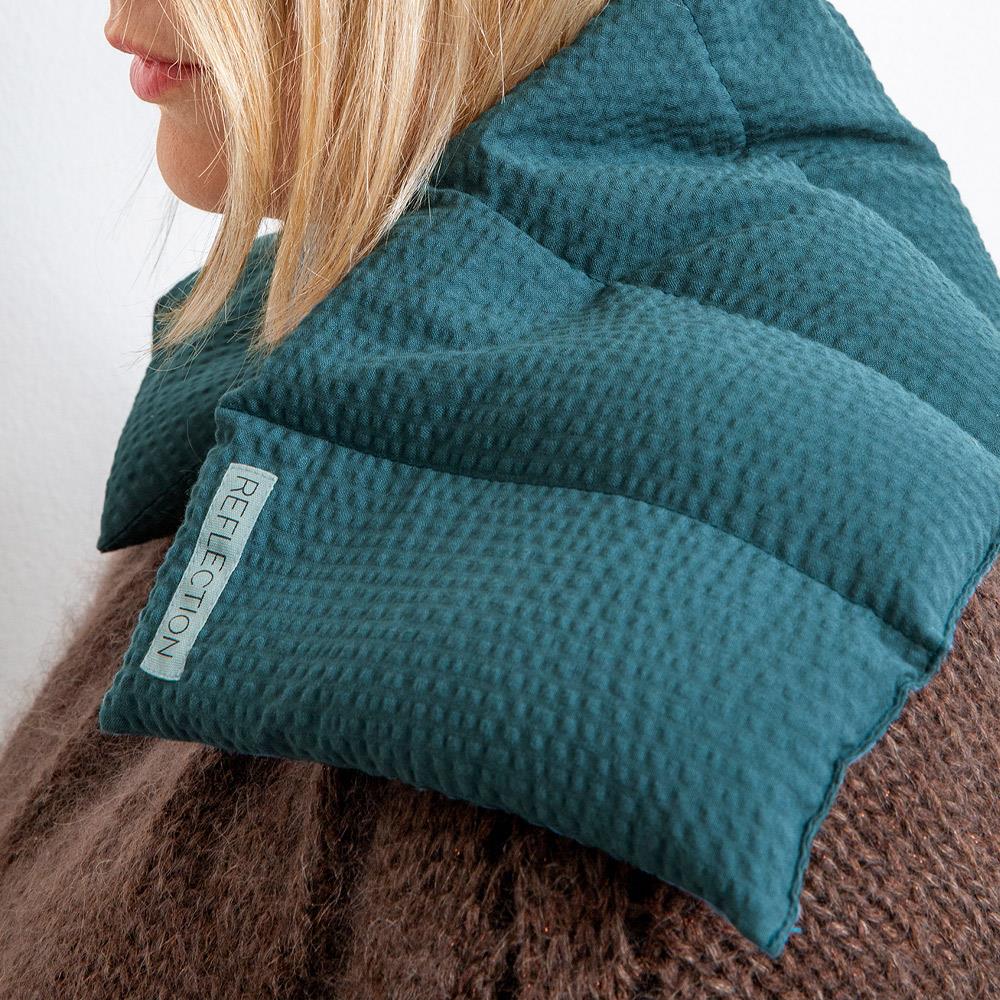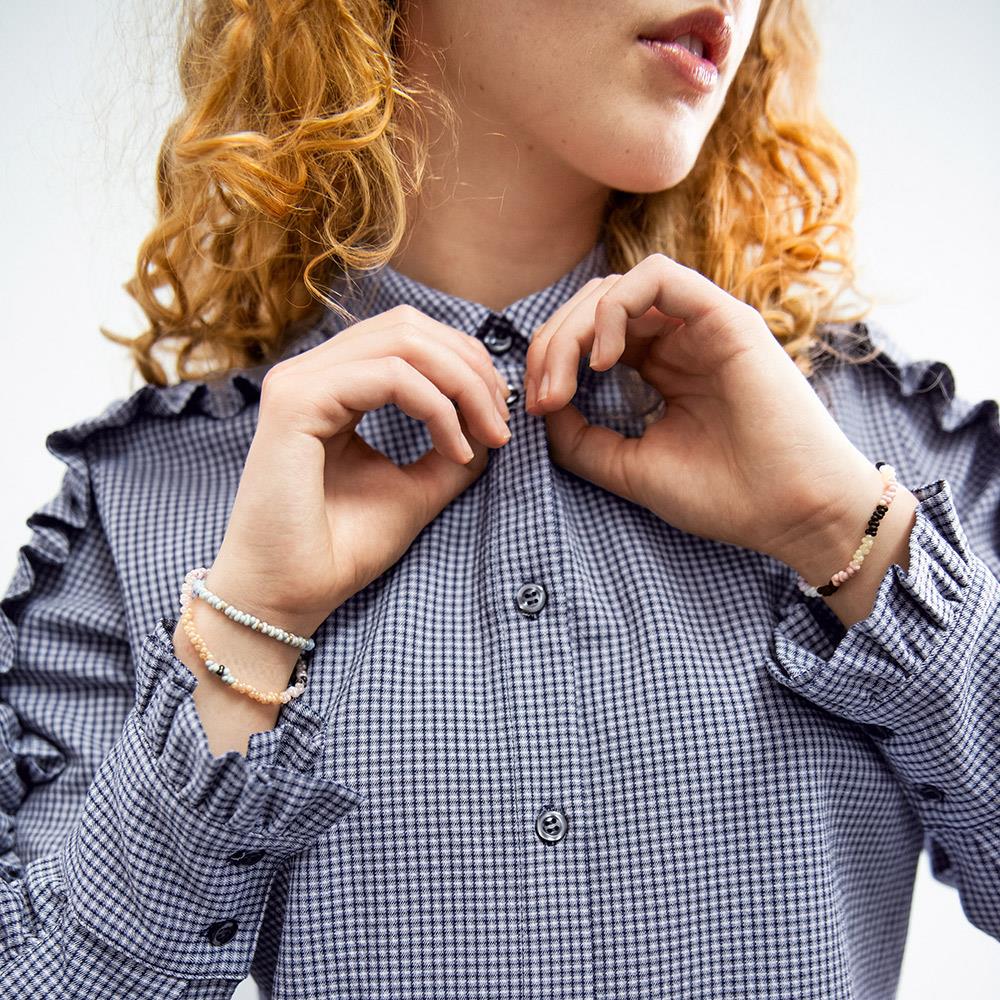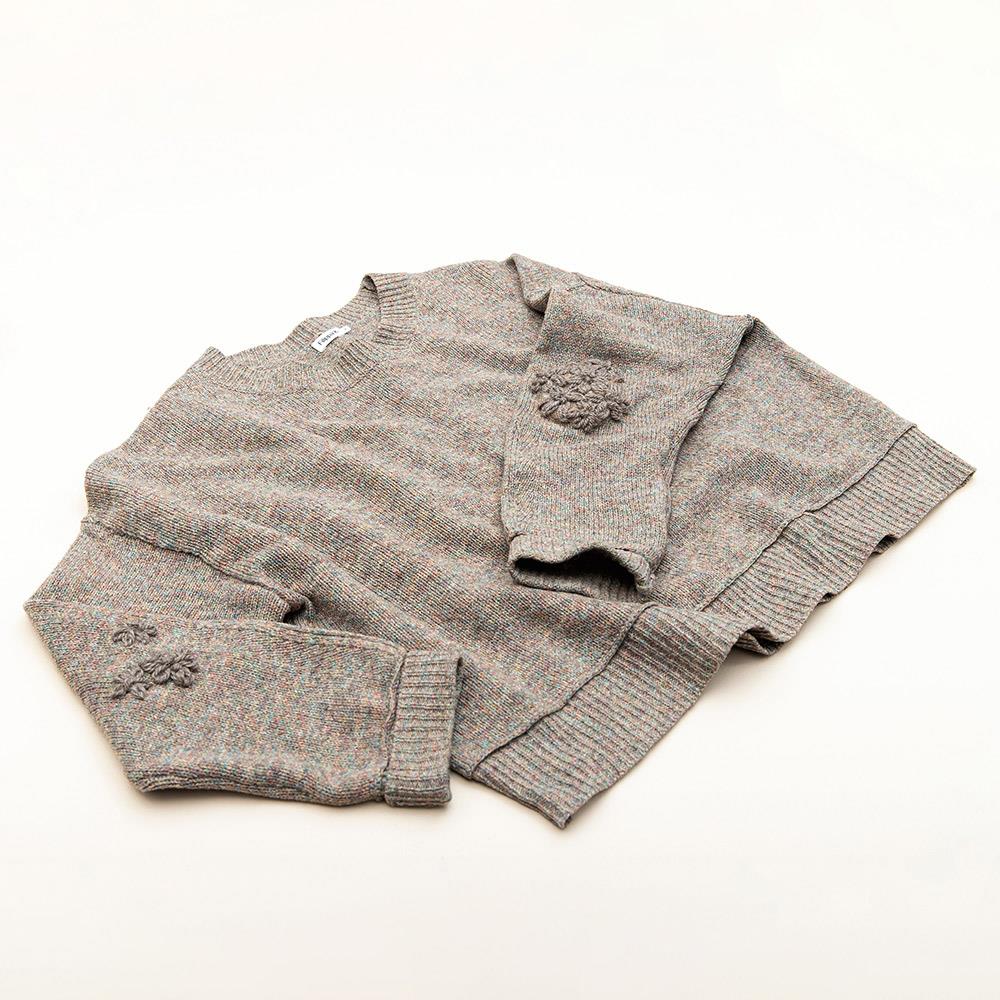We love denim! Jeans and denim items are – and have been for ages – a staple item in our wardrobes. A faithful fallback style, we can use in almost every situation.
While jeans and denim can be bought in almost every shop, you might want something more. Create something different.
A home-sewn pair of jeans, for example, that fit like a glove. Or that denim jacket you’ve been dreaming about but can’t find anywhere.
Sewing with Denim is the stuff of nightmares – or is it?
Denim fabric is strong, durable, doesn’t snag, and isn’t difficult to cut.
Nonetheless, denim has a bit of a bad rep when it comes to sewing. But it really isn’t as hard as you might think.
Denim tools are crucial to success
No doubt you’re going to find it difficult if not near impossible to sew denim or jeans with the same tools you use for other sewing projects. So, what do you need to do differently?
